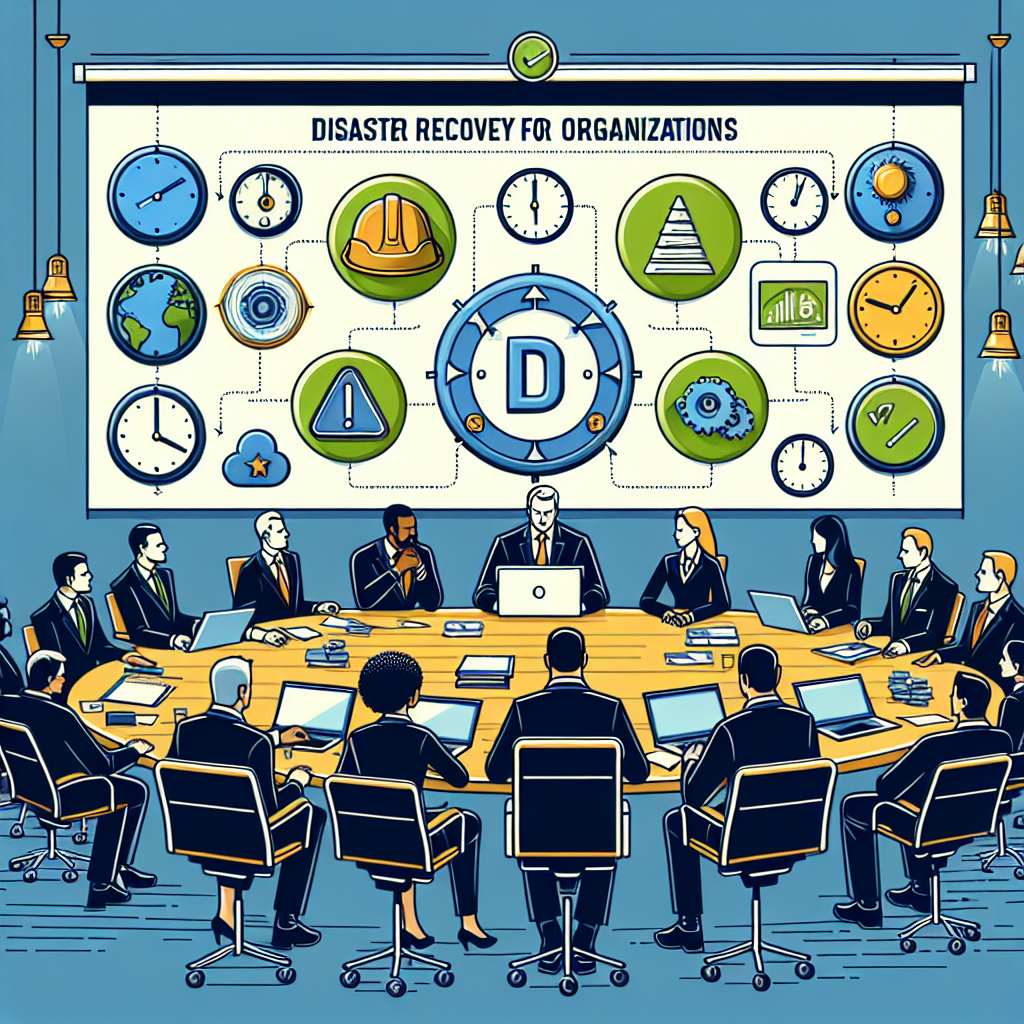Your cart is currently empty!
The ABCs of Disaster Recovery: A Comprehensive Guide for Organizations

Disasters can strike at any moment, causing chaos and disruption to businesses of all sizes. Whether it’s a natural disaster like a hurricane or earthquake, or a man-made disaster like a cyber attack or equipment failure, having a solid disaster recovery plan in place is essential for organizations to minimize downtime and ensure business continuity.
The ABCs of disaster recovery refer to the key components that organizations need to consider when creating a comprehensive disaster recovery plan. By following these steps, organizations can better prepare for and recover from disasters, ensuring that they can continue to operate and serve their customers even in the face of adversity.
A – Assess Risks: The first step in creating a disaster recovery plan is to assess the potential risks that your organization faces. This includes identifying potential threats, such as natural disasters, cyber attacks, or equipment failures, and understanding the potential impact that these events could have on your business operations. By conducting a thorough risk assessment, organizations can better prioritize their disaster recovery efforts and allocate resources effectively.
B – Backup Data: One of the most critical components of a disaster recovery plan is ensuring that your organization’s data is backed up regularly and securely. This includes backing up both on-site and off-site, as well as implementing data encryption and other security measures to protect sensitive information. By regularly backing up data, organizations can minimize data loss in the event of a disaster and ensure that they can quickly recover and resume operations.
C – Create a Continuity Plan: In addition to backing up data, organizations should also create a business continuity plan that outlines how they will continue to operate in the event of a disaster. This plan should include detailed procedures for responding to different types of disasters, as well as communication protocols for keeping employees, customers, and other stakeholders informed. By having a solid business continuity plan in place, organizations can minimize downtime and ensure that they can quickly recover and resume normal operations.
D – Determine Recovery Time Objectives: Recovery time objectives (RTOs) are the maximum amount of time that an organization can afford to be without certain critical systems or services. By determining RTOs for different systems and processes, organizations can better prioritize their recovery efforts and allocate resources effectively. This helps ensure that critical systems are restored quickly, minimizing the impact of a disaster on business operations.
E – Establish Recovery Teams: Finally, organizations should establish recovery teams that are responsible for implementing and executing the disaster recovery plan. These teams should include key stakeholders from across the organization, as well as external partners and vendors who can provide support and expertise during a disaster. By having dedicated recovery teams in place, organizations can ensure a coordinated and effective response to disasters, minimizing downtime and ensuring business continuity.
In conclusion, the ABCs of disaster recovery provide organizations with a comprehensive guide for creating a solid disaster recovery plan. By following these key steps, organizations can better prepare for and recover from disasters, ensuring that they can continue to operate and serve their customers even in the face of adversity. By assessing risks, backing up data, creating a continuity plan, determining RTOs, and establishing recovery teams, organizations can minimize downtime and ensure business continuity in the event of a disaster.

Leave a Reply